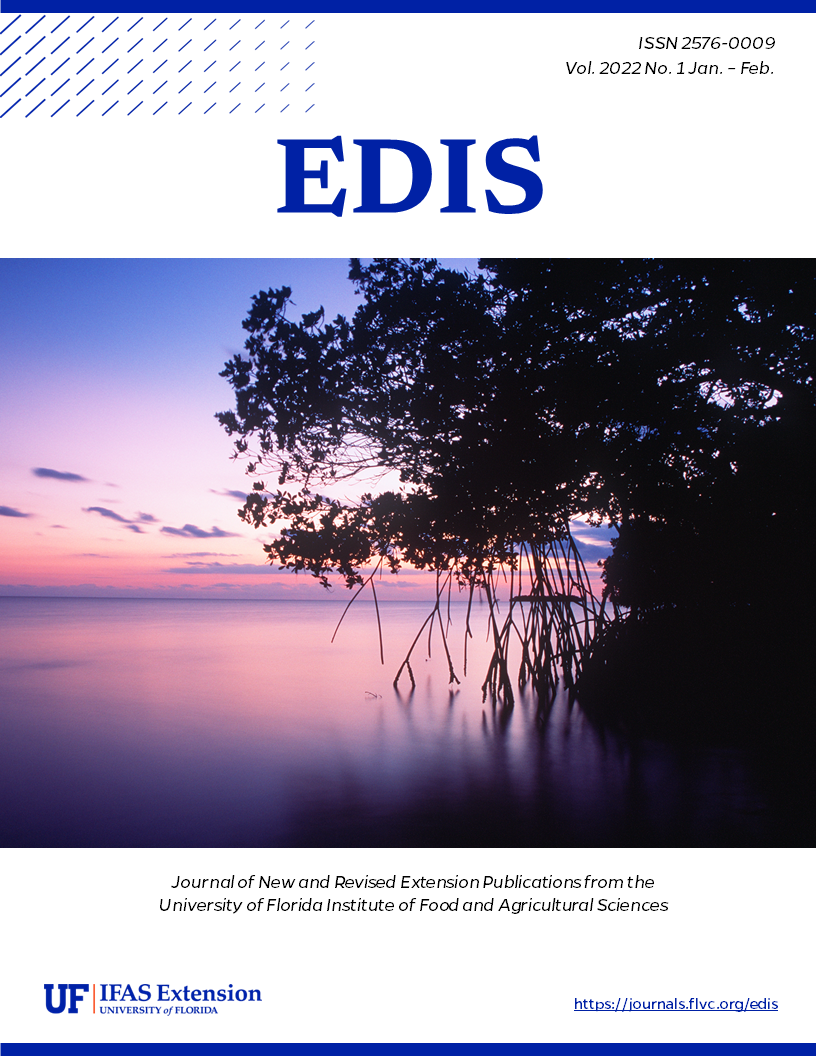Abstract
This new 5-page publication of the UF/IFAS Department of Agricultural Education and Communication is part of a series that will help Extension agents, nonprofits, agency personnel and all types of community development practitioners to better understand the issue of high utility bills among low-income residents, the “energy equity gap” and what they can do to help. This document provides a description of how the CWC used Community-Based Social Marketing (CBSM) research to increase the impact of their program through a form of “action research” to guide practical changes. Their experience can provide useful lessons for Extension agents and all types of community development practitioners who are seeking to improve the impacts of their programs.
https://edis.ifas.ufl.edu/wc407
References
Abrahamse, W., Steg, L., Vlek, C., Rothengatter, T. (2005). A review of intervention studies aimed at household energy conservation, Journal of Environmental Psychology 25: 273-291 https://doi.org/10.1016/j.jenvp.2005.08.002
McKenzie-Mohr, Doug & Smith, William (1999). Fostering sustainable behavior: An introduction to community-based social marketing. Gabriola Island, B.C.: New Society.
Reames, T.G. (2016). A community-based approach to low-income residential energy efficiency participation barriers, Local Environment, VOL. 21, NO. 12, 1449-1466 https://doi.org/10.1080/13549839.2015.1136995
Thomson, Ivy and Roslynn Brain. n.d. A Primer in Community-based Social Marketing. Cache Valley Transit District and Utah State Extension Service (https://digitalcommons.usu.edu/cgi/viewcontent.cgi?article=2664&context=extension_curall).
US Department of Energy., n.d. Better Buildings Residential Network Community Based Social Marketing Toolkit (https://www.energy.gov/sites/prod/files/2017/08/f35/bbrn-community_based_social_marketing_toolkit_072617v2.pdf. )

